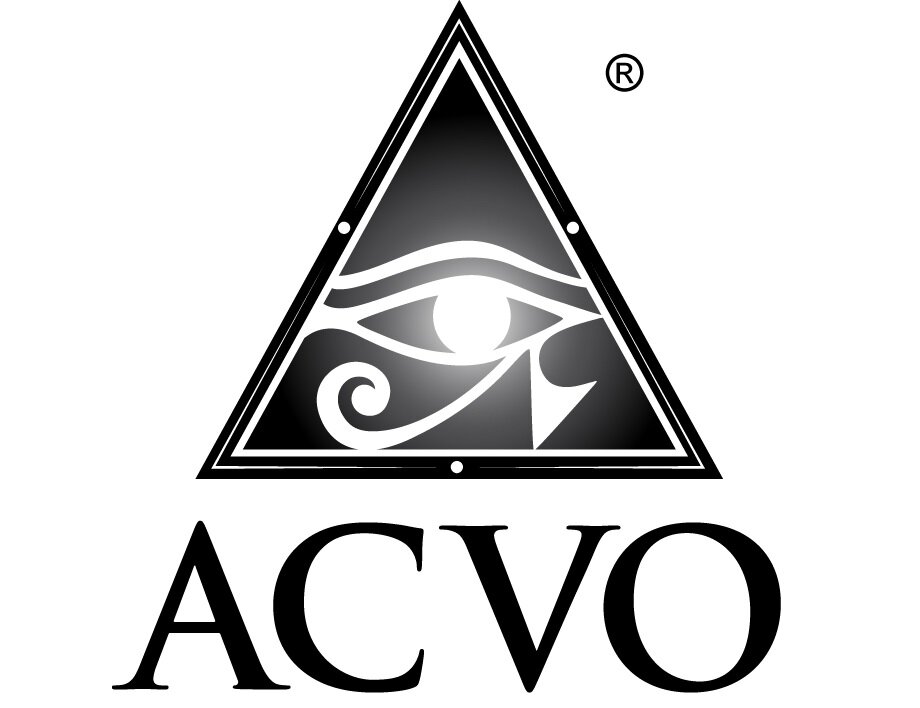Eye Exam in Horses - What to Expect?
Eye Exam in Horses - What to Expect?
Imagine the following scenario: you happily arrive to greet and feed your beloved horse, only to suddenly find him squinting and tearing from one of his eyes. You try to take a look to see if there’s any plant material, a piece of hay maybe, on his eyeball. The closer you get, the more he closes his eye. If this scenario did not resonate with you, consider yourself a lucky horse owner/trainer. For far too many people, this paints a reality that resulted in worries and frustrations (but hopefully with a happy ending!).
What to do when you notice something is wrong with your horse’s eye? At the first signs of ocular discomfort (such as eyelashes pointing downwards, mild tearing, redness, and squinting), you should contact your veterinarian. Not in a week, but as soon as possible, since some conditions may rapidly deteriorate. Your veterinarian may then determine if an evaluation with a board-certified ophthalmologist is recommended or not.
You might be asking: is there anything I can do to ensure the best conditions for an equine ocular exam? Absolutely! Regardless if your veterinarian or an ophthalmologist is going to examine your horse, you can help set up an ideal place for an eye exam. The eye exam should not be performed outdoors or under bright light conditions. On the contrary: a quiet environment (stall or stocks) that can be darkened for examination and well-lit for treatment is ideal. If needed, windows should be covered, and the barn door closed. Try to find objects that can be used as a headstand (such as a couple of bales of hay or a large barrel covered with blankets). Most horses (especially painful ones) require sedation for examination, and this should be performed by a veterinarian (if deemed needed). The veterinarian will probably also perform an eyelid block (anesthetic injection to paralyze the eyelid), which permits that the eyelid is opened without using too much strength (crucial for fragile eyes). The horse should have his halter on, and it is ideal to have a handler holding (but not forcing) the head on the opposite side of the veterinarian.
Once the horse is sedated and nerve blocked, the veterinarian will use a variety of instruments to examine all ocular structures: from the eyelids to the retina (the back portion of the eyeball). Ocular reflexes and response to light will also be tested, to access vision problems. Staining the eye with specific dyes (such as fluorescein – “the green dye”) is also standard practice, to determine if there’s any scratches or a corneal ulcer. Expect additional tests to be done based on the findings from the examination, including cytology and culture of the ocular surface to verify the presence of microorganisms (especially in cases of corneal ulcers or any signs of infection), assessment of the intraocular pressure (tonometry) in cases of ocular inflammation (uveitis, “moon-blindness”) and glaucoma, and ideally a dilated eye exam for better visualization of the retina (especially in cases of vision deficits).
Our goal is to ensure a safe experience for your horse and the crew, and an ideal environment may be the difference between achieving the correct diagnosis vs. misinterpreting findings and misdiagnosing. If you have any questions about eye examinations or how you may help to ensure the ideal conditions for an ocular exam, don’t hesitate to talk to your veterinarian or ophthalmologist.

